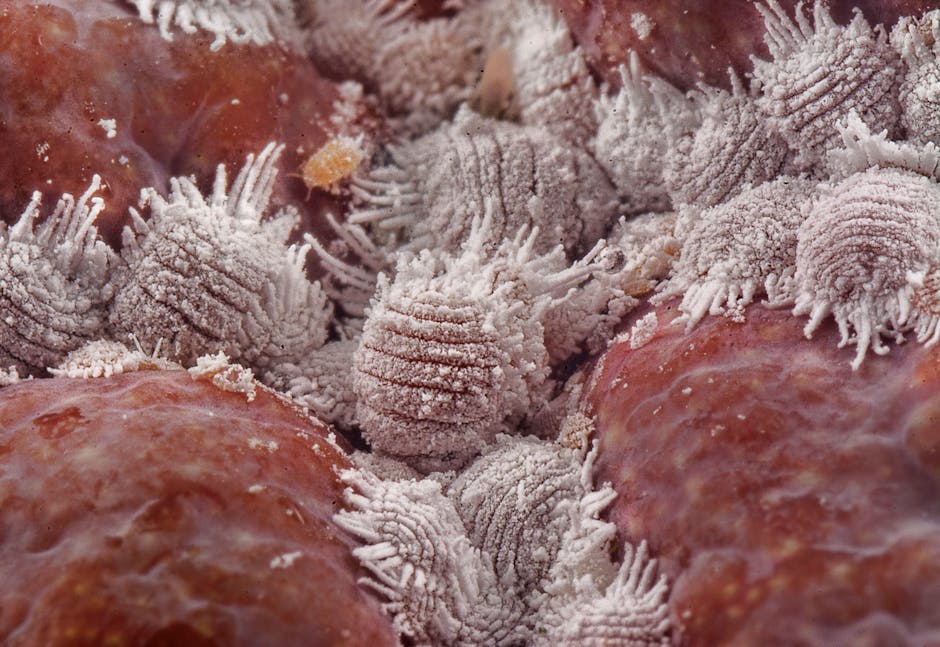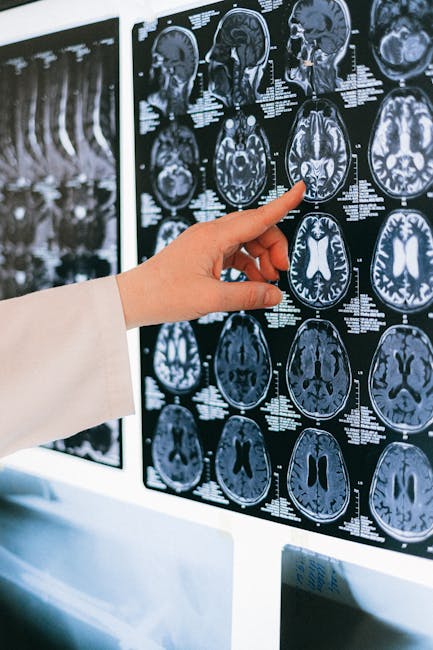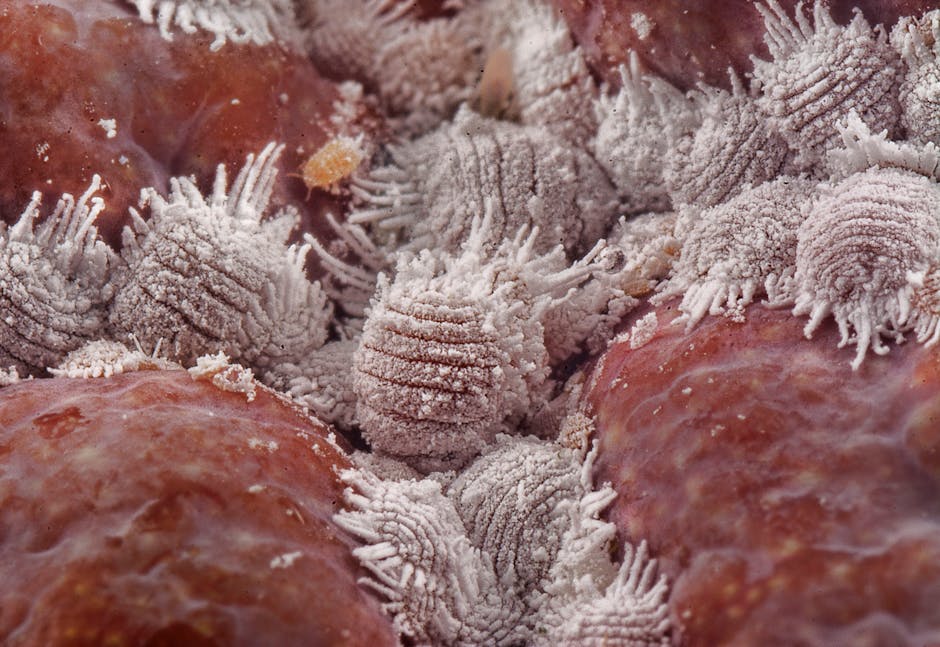GSS Prion Disease: Understanding Gerstmann-Sträussler-Scheinker Syndrome and its Devastating Effects
Gerstmann-Sträussler-Scheinker syndrome (GSS) is a rare and invariably fatal neurodegenerative disorder belonging to the family of prion diseases. Unlike more widely known prion diseases like Creutzfeldt-Jakob disease (CJD), GSS is characterized by a distinct clinical presentation, genetic basis, and pathological features. This comprehensive guide delves into the intricacies of GSS, covering its clinical manifestations, genetic underpinnings, diagnostic approaches, and the ongoing research aimed at understanding and potentially treating this devastating illness.
Understanding Prion Diseases
Prion diseases, also known as transmissible spongiform encephalopathies (TSEs), are a group of progressive neurodegenerative disorders affecting both humans and animals. These diseases are caused by the misfolding of a normal cellular protein, PrPC, into an abnormal isoform, PrPSc. This misfolded protein is highly resistant to proteases, accumulates in the brain, and leads to neuronal damage and characteristic spongiform changes in the brain tissue. The exact mechanism by which PrPSc causes neurodegeneration remains an area of active research, but it is believed to involve disrupting crucial cellular functions and triggering inflammatory responses.
GSS: A Distinct Prion Disease
While sharing similarities with other prion diseases, GSS exhibits unique characteristics that distinguish it. It typically presents later in life, often with a slower progression compared to CJD. The clinical symptoms are also somewhat different, often characterized by ataxia (loss of coordination), dementia, and pyramidal signs (signs of upper motor neuron damage). Unlike some other prion diseases, GSS is predominantly inherited, with mutations in the PRNP gene being the primary cause.
Clinical Manifestations of GSS
The clinical presentation of GSS is variable, even within families carrying the same PRNP mutation. However, several common features are observed:
- Ataxia: This is often the earliest and most prominent symptom, manifesting as difficulty with balance, coordination, and gait.
- Dementia: Cognitive impairment, including memory loss, difficulty with language, and executive dysfunction, develops progressively.
- Pyramidal signs: These signs, such as spasticity, hyperreflexia, and Babinski sign, reflect damage to the upper motor neurons.
- Myoclonus: Involuntary muscle jerks can occur, although they are less frequent than in some other prion diseases.
- Visual disturbances: Vision problems may develop in later stages.
- Dysarthria: Difficulty with speech articulation.
- Dysphagia: Difficulty with swallowing.
The disease progresses relentlessly, ultimately leading to death, usually within several years of symptom onset. The duration of the illness can vary depending on the specific PRNP mutation and individual factors.

Genetic Basis of GSS
GSS is predominantly inherited in an autosomal dominant pattern, meaning that only one copy of the mutated PRNP gene is sufficient to cause the disease. Mutations in the PRNP gene, which encodes the prion protein, are responsible for the abnormal PrPSc formation and subsequent neurodegeneration. Different mutations within the PRNP gene can lead to variations in the clinical presentation and disease progression of GSS.
Diagnosis of GSS
Diagnosing GSS can be challenging due to its rarity and the overlapping clinical features with other neurological disorders. A definitive diagnosis often requires a combination of clinical evaluation, neuroimaging, and pathological examination of brain tissue. Neuroimaging techniques such as MRI may reveal characteristic findings, but they are not always conclusive. Ultimately, the diagnosis rests on the demonstration of PrPSc in brain tissue, typically obtained through a brain biopsy or autopsy.

Treatment and Management of GSS
Currently, there is no effective treatment to cure or halt the progression of GSS. Management focuses on supportive care, addressing symptoms and improving the patient’s quality of life. This may involve managing symptoms such as ataxia, dementia, and pain through medication and physical therapy. Palliative care becomes increasingly important as the disease progresses.
Research and Future Directions
Research on GSS is ongoing, focusing on several areas:

- Understanding the mechanisms of PrPSc toxicity: Identifying the precise mechanisms by which the misfolded prion protein causes neurodegeneration is crucial for developing effective therapies.
- Developing therapeutic strategies: Researchers are exploring various therapeutic approaches, including gene therapy, immunotherapy, and small molecule inhibitors, aimed at preventing PrPSc formation or reducing its toxicity.
- Genetic counseling and risk assessment: Given the hereditary nature of GSS, genetic counseling plays a vital role in informing individuals at risk and offering prenatal diagnostic options.
Conclusion
GSS is a devastating neurodegenerative disorder with limited treatment options. Understanding its clinical features, genetic basis, and the ongoing research efforts is crucial for improving diagnosis, management, and the development of future therapeutic strategies. Increased awareness among healthcare professionals and the public is essential to ensure early recognition and appropriate supportive care for individuals affected by this rare but significant illness.
Further Reading and Resources
For more information on GSS and prion diseases, you can refer to the following resources:
- [Link to a reputable medical journal article on GSS]
- [Link to a relevant patient advocacy organization]
- [Link to the National Institutes of Health (NIH) website on prion diseases]
This information is intended for educational purposes only and does not constitute medical advice. Always consult with a healthcare professional for any health concerns or before making any decisions related to your health or treatment.

